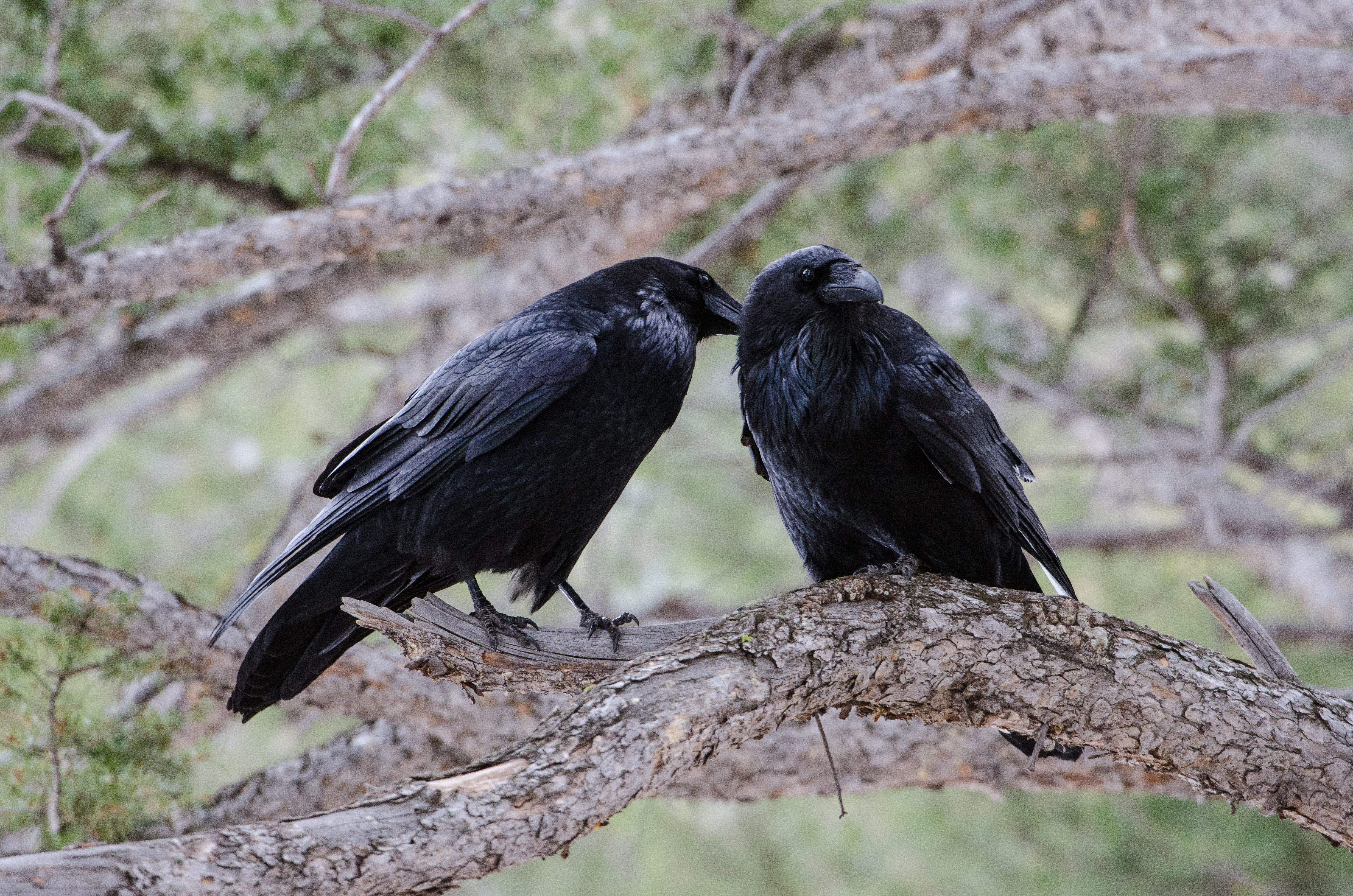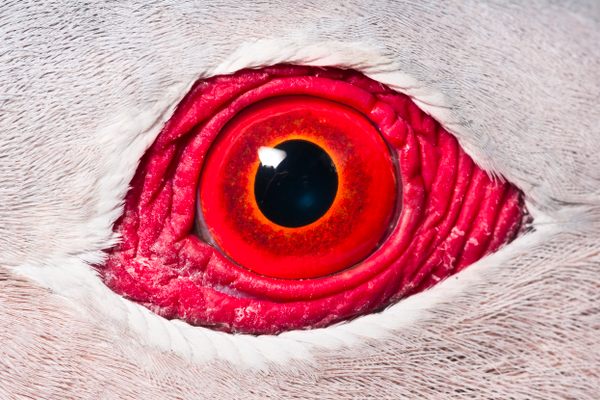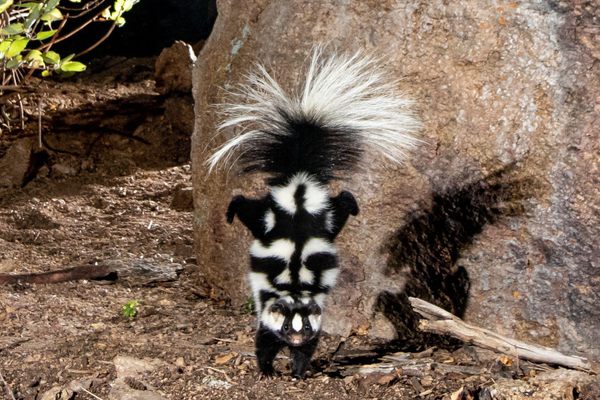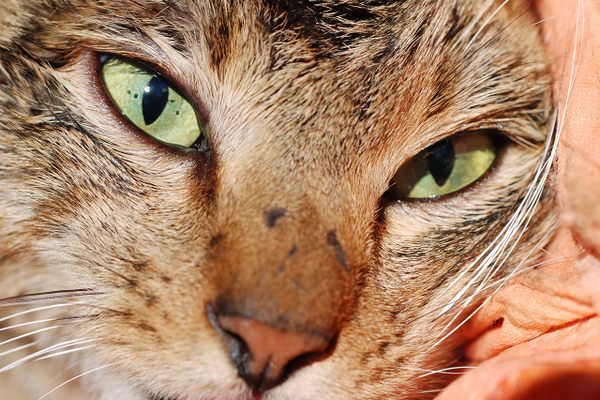How Many Species of Ravens Are There?
It’s surprisingly hard to tell.

There are millions of species spread across our planet’s land, sky, and water—and it’s nearly impossible to know exactly how many. A 2011 paper placed the estimate of known species around 8.7 million, but the figure is fuzzy. Scientists record thousands of new species each year, and often refine their tallies when new observations lead them to conclude that Earth is even more diverse than they thought. The entomologist Brian Brown, of the Natural History Museum of Los Angeles, recently told me he suspects that scientists have only documented 10 percent of the world’s fly species—a drop in a very deep pool.
Sometimes, though, the trend goes in the other direction, and a new grasp on evolutionary history leads scientists to walk back their counts.
In 2000, Kevin Omland, a professor of biological sciences at the University of Maryland, Baltimore County, recorded two lineages of common ravens (Corvus corax). These inky corvids were once thought to be a single species worldwide, but Omland documented two genomic clusters: one in the southwestern U.S. (the California clade), and another wherever else the birds alighted (the Holarctic clade). Now, researchers at Omland’s lab, University of Oslo, University of Washington, and beyond have taken a closer look. In a new paper in Nature Communications, the scientists present genomic data suggesting that the California clade and Holarctic clades diverged, but have since been mingling for tens of thousands of years.

The researchers examined the genotypes of 441 common ravens. They took a few paths to collect the genetic material: Some was extracted from the liver or blood of specimens in museum collections, and for the regions for which those weren’t available, the scientists sampled tissue from toe-pads of museum specimens, and also collected blood samples from live birds or carcasses in Montana and British Columbia.
“All our genomic data clearly suggests that speciation reversal in common ravens is ancient,” says lead author Anna Kearns, currently a postdoc at the Smithsonian Conservation Biology Institute’s Center for Conservation Genomics. “The two lineages that are fusing came into contact a very long time ago—maybe at least 100,000 years ago, and it could likely be even more ancient than that.”
Speciation reversal—where once-diverged lineages merge into a single species—has “probably happened in hundreds or almost certainly thousands of lineages all over the planet,” Omland said in a statement. But it’s often not clear exactly why.
To begin to answer that question, Kearns is now examining genomic data from museum specimens that date back at least a century. Urbanization expanded the birds’ range, Kearns explains: “Ravens love the free food at dumps and congregate in big numbers there, and suburbs have created oases in the deserts.” Comparing ancient DNA to more recent samples, Kearns adds, could help researchers determine whether human behaviors accelerated the speciation reversal by creating new habitats in regions where they once wouldn’t have been feasible.
We don’t know how many other species we’re living alongside—and, with ever-more-precise genomic studies, any guess is liable to change before too long.















Follow us on Twitter to get the latest on the world's hidden wonders.
Like us on Facebook to get the latest on the world's hidden wonders.
Follow us on Twitter Like us on Facebook